When you think of remote islands, you might imagine basic living conditions and
limited access to modern conveniences. However, some isolated spots around the
globe have managed to combine their natural seclusion with impressive modern
amenities, offering visitors the best of both worlds.
These islands prove that geographical isolation doesn’t necessarily mean sacrificing
comfort or connectivity. From solar-powered eco-resorts to high-speed internet in the
middle of nowhere, these destinations challenge our preconceptions about island life
while maintaining their unique charm and character.
Lord Howe Island, Australia
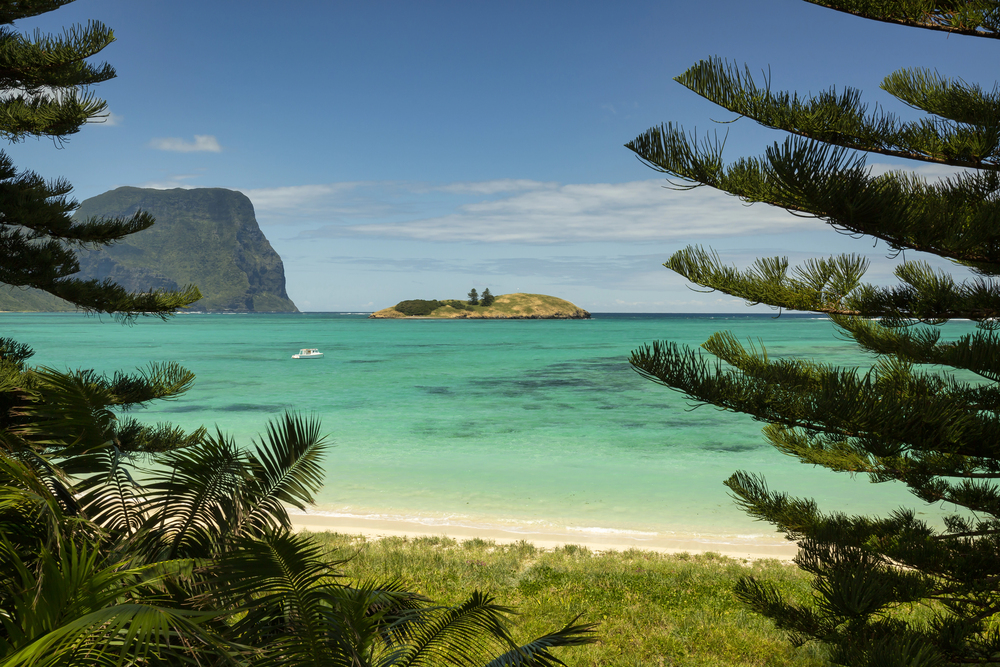
Located 450 miles from Sydney, this UNESCO World Heritage site combines pristine
nature with unexpected luxury. The island’s solar farm provides 70% of its power
needs, while high-speed satellite internet keeps residents connected to the
mainland.
Despite limiting visitors to 400 at a time, the island offers world-class spa facilities and gourmet restaurants serving locally-sourced cuisine. Modern medical facilities staffed by rotating specialists ensure both residents and visitors receive excellent healthcare while still preserving the island’s extraordinary ecosystem.
Svalbard, Norway
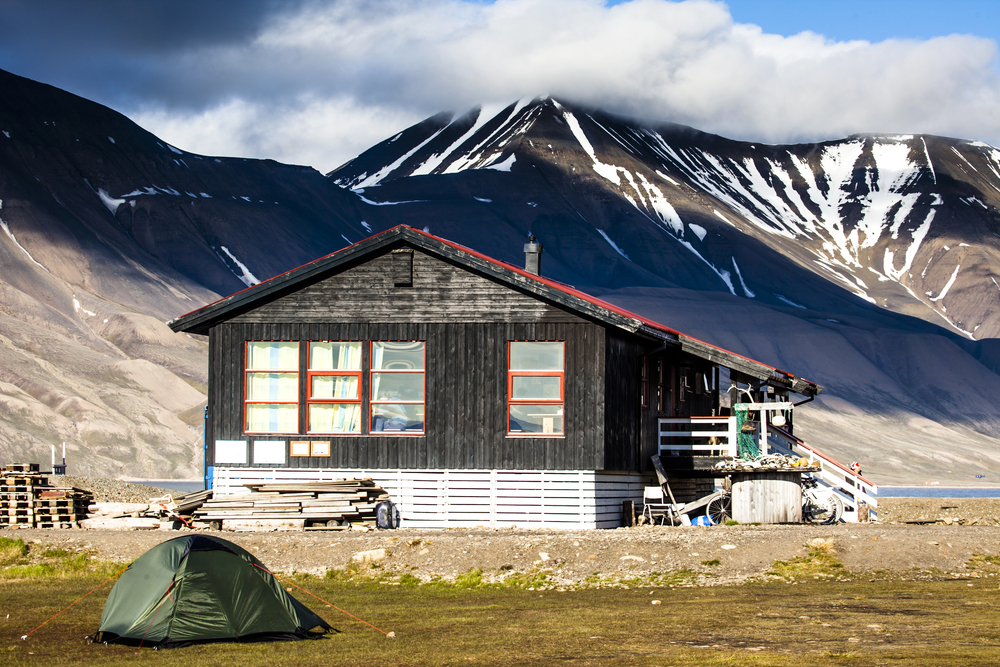
This Arctic archipelago hosts the world’s northernmost high-speed fiber optic internet
connection, serving its research stations and local communities. Despite its remote
location, you’ll find modern supermarkets stocking international products and
sophisticated restaurants serving Arctic fusion cuisine.
The islands feature state-of- the-art research facilities, including the famous Global Seed Vault with its advanced preservation systems. Modern snowmobile rentals and satellite navigation systems make exploring the frozen landscape both safe and accessible.
Like Travel Pug’s content? Follow us on MSN.
Palawan, Philippines
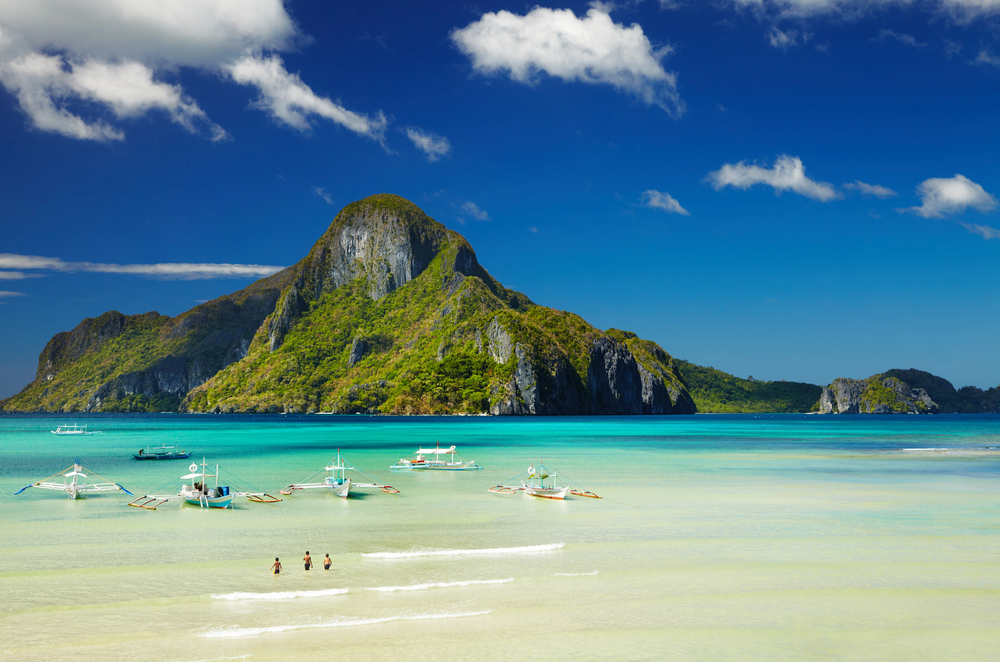
El Nido’s remote islands feature eco-resorts with solar power, water recycling
systems, and high-speed internet connections hidden within traditional-style beach
bungalows. Modern speed boats equipped with GPS and safety equipment make
island hopping comfortable and secure while maintaining the area’s pristine beauty.
Local restaurants combine traditional Filipino cuisine with modern culinary
techniques, served in settings that range from barefoot luxury to air-conditioned comfort. The islands’ advanced water treatment facilities ensure safe drinking water
while protecting the marine environment.
Easter Island, Chile
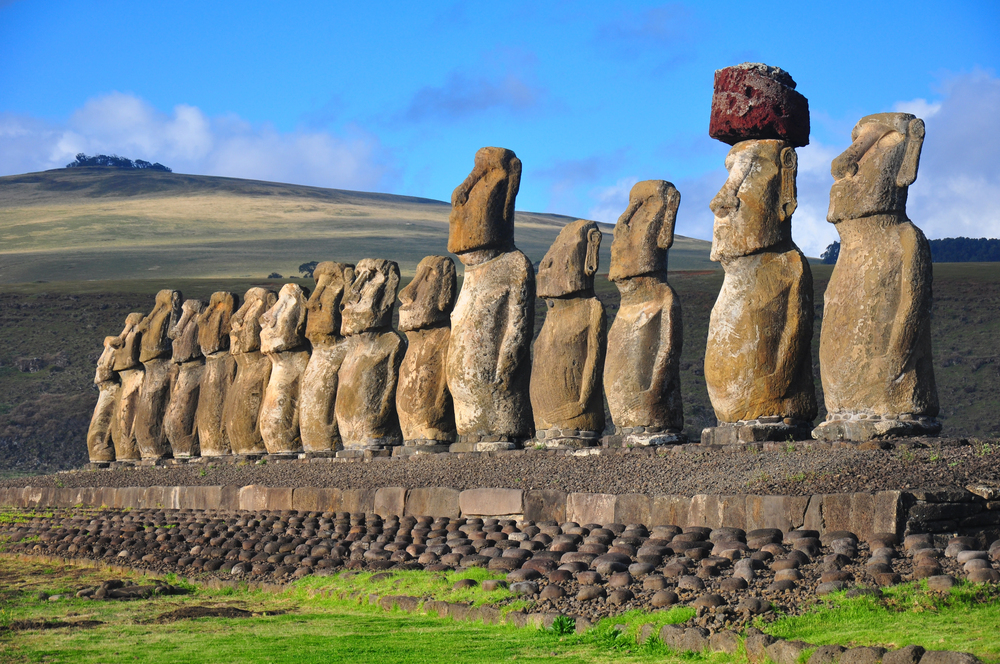
This famously isolated island now boasts modern amenities, including 4G internet
coverage and solar-powered hotels. Despite being one of the most remote inhabited
places on Earth, you’ll find sophisticated restaurants serving fusion cuisine and well-
equipped medical facilities.
The island’s new cultural center features interactive exhibits powered by renewable energy, telling the story of the moai statues using cutting-edge technology. Modern waste management systems help preserve the island’s archaeological treasures while supporting sustainable tourism.
Faroe Islands, Denmark
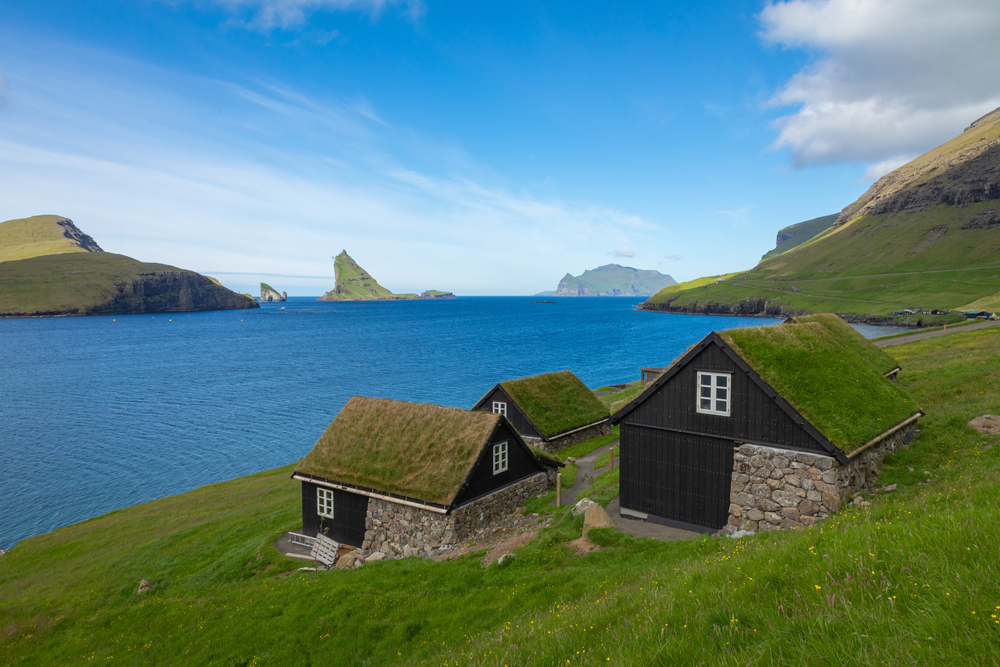
These rugged North Atlantic islands feature some of the fastest internet speeds in
Europe, with undersea cables connecting every major settlement. Modern tunnels,
including underwater passages, link the islands, while advanced weather monitoring
systems help residents navigate the challenging climate.
The islands boast sophisticated restaurants serving New Nordic cuisine, along with contemporary art galleries and music venues. Despite their remote location, you’ll find electric car charging stations and renewable energy systems throughout the archipelago.
Like Travel Pug’s content? Follow us on MSN.
Fernando de Noronha, Brazil
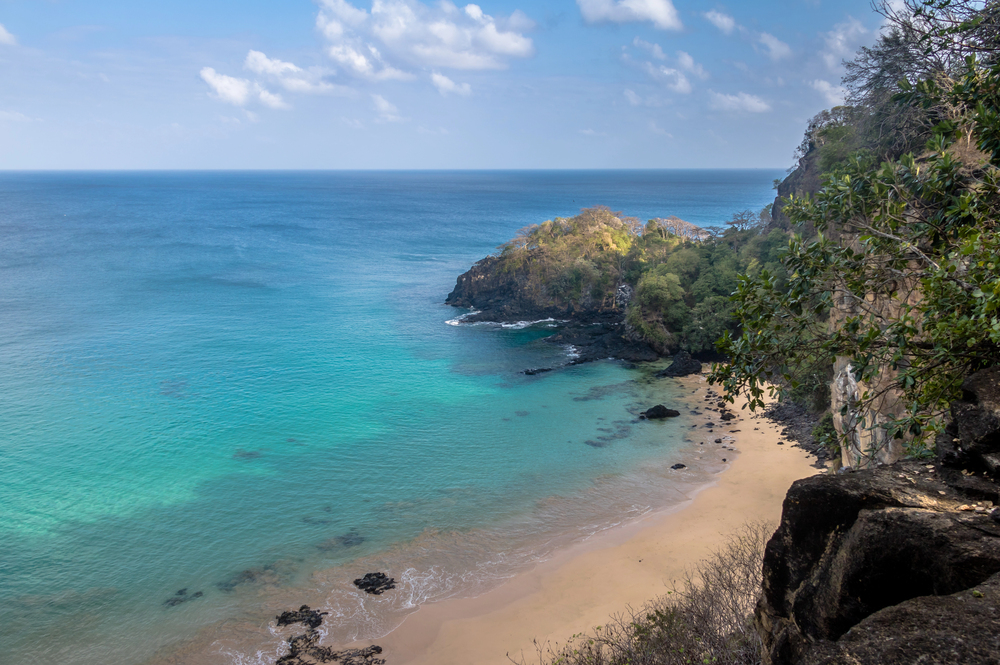
This protected archipelago combines strict environmental regulations with modern
eco-friendly infrastructure. Solar-powered desalination plants provide fresh water,
while advanced waste management systems protect the marine sanctuary.
The islands feature high-speed internet and modern medical facilities, despite being 220 miles from the mainland. Sophisticated research stations monitor the local dolphin
population using cutting-edge tracking technology.
Socotra, Yemen
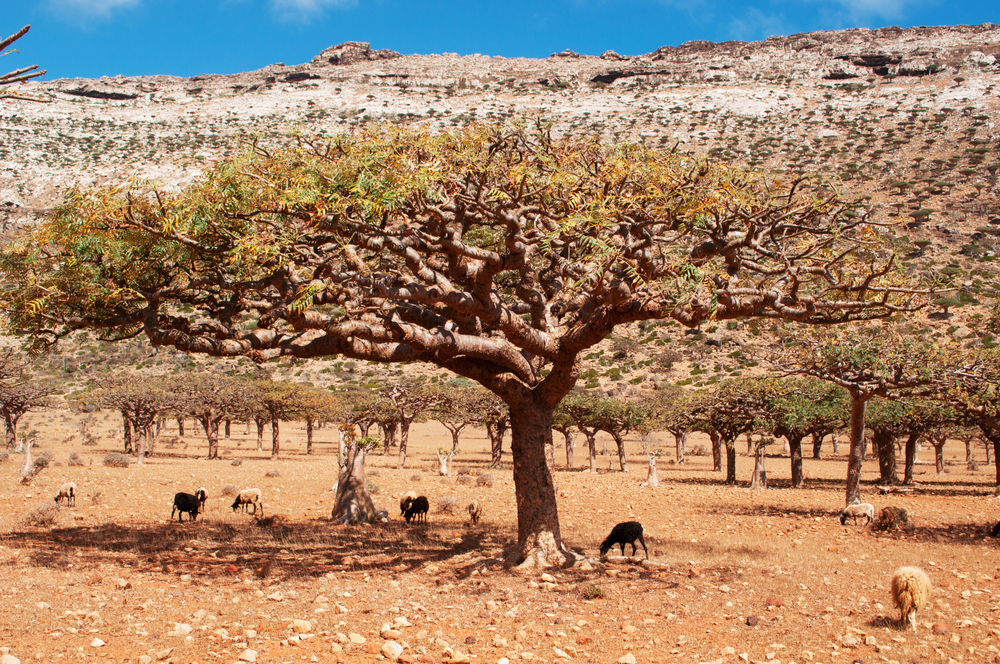
Despite its isolated location, this unique island has developed modern solar power
systems and water management infrastructure. The main town features satellite
internet cafes and modern medical facilities while maintaining its traditional
character.
Research stations studying the island’s unique flora use advanced genetic sequencing equipment. Contemporary guest houses offer surprising comfort while respecting local architectural traditions.
Tristan da Cunha, British Territory
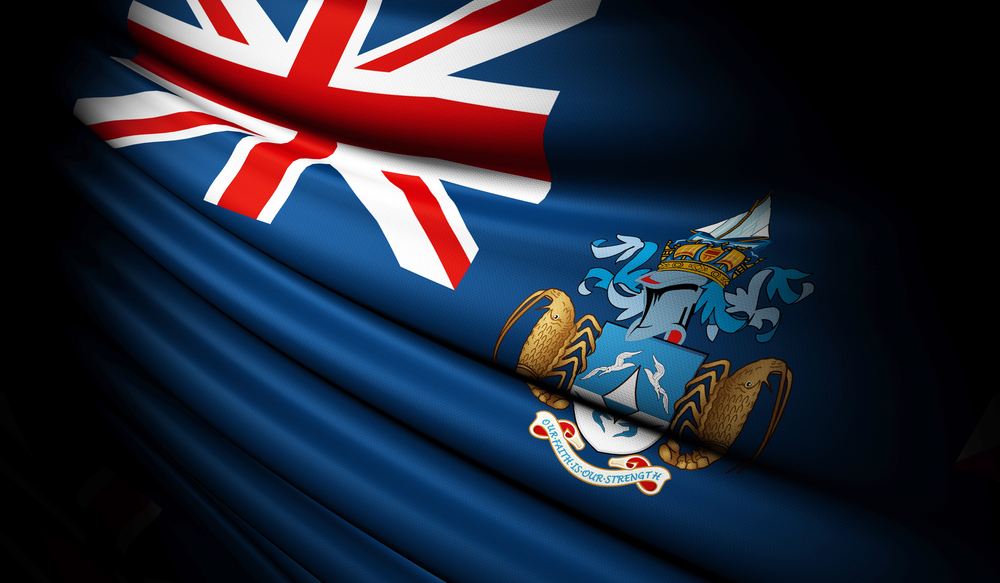
The world’s most remote inhabited island maintains modern communication through
satellite internet and advanced radio systems. The island’s healthcare facility
features telemedicine capabilities, connecting local doctors with specialists
worldwide.
Modern fishing vessels equipped with GPS and safety equipment support the island’s lobster industry. The community center offers satellite television and
digital learning resources for local students.
Like Travel Pug’s content? Follow us on MSN.
Pitcairn Islands, British Territory
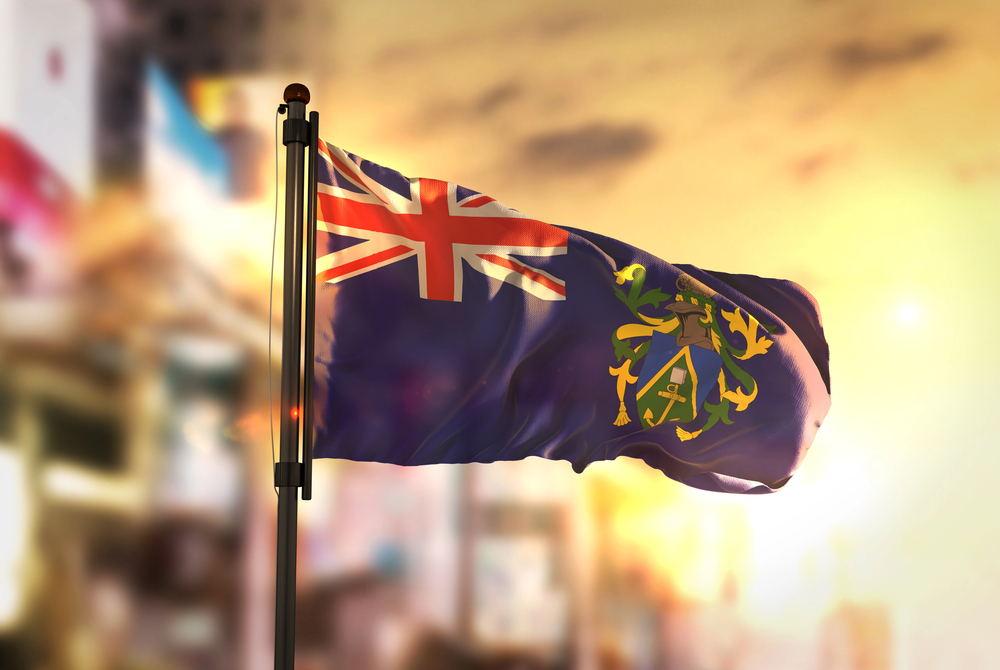
Home to Bounty mutineer descendants, this isolated community now features
satellite internet and solar power systems. Modern communication equipment allows
remote work opportunities for the island’s small population.
The island’s medical clinic offers telemedicine services, while solar-powered desalination provides fresh water. Advanced weather monitoring systems help protect the island’s vital supply ship connection.
St. Helena, British Territory
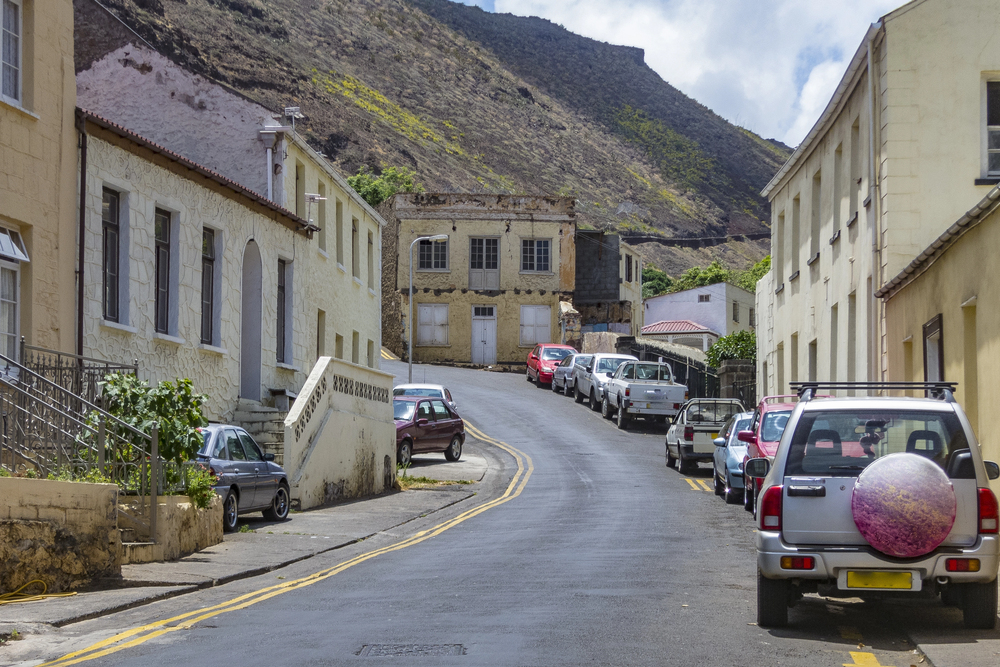
Since its airport opened, this remote Atlantic island has developed surprisingly
modern infrastructure. The island features fiber optic internet, modern medical
facilities, and sophisticated water treatment systems.
Local restaurants offer contemporary fusion cuisine alongside traditional Saint cuisine. Modern transportation options include electric vehicles and GPS-guided tours of historic sites.
Kulusuk, Greenland
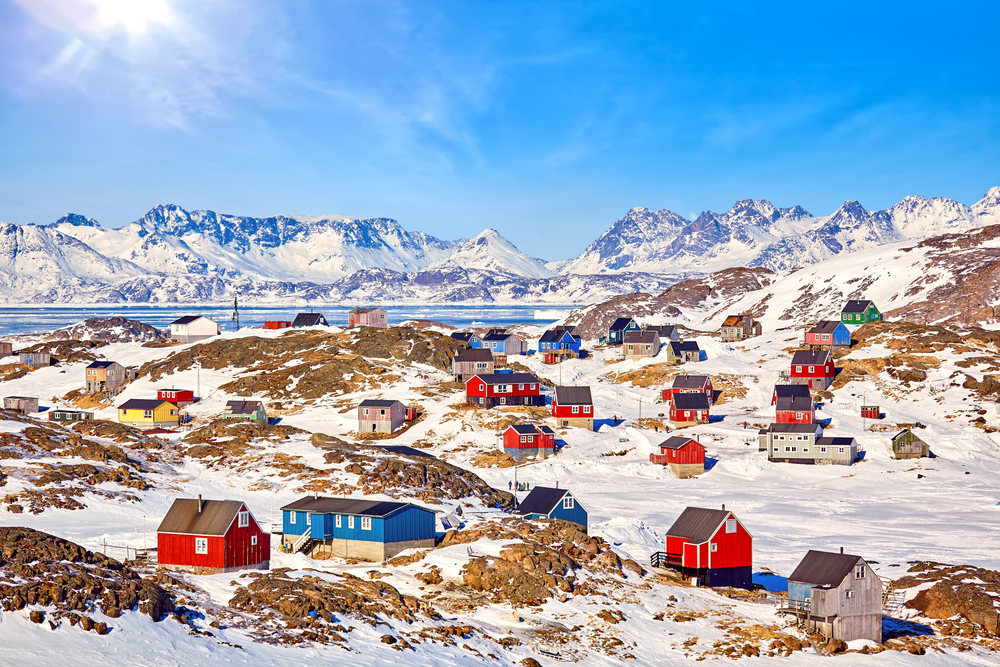
This small island maintains modern amenities despite its Arctic location, including
reliable internet and satellite communication. Advanced weather stations provide
crucial data for climate research while helping locals plan traditional hunting
activities.
The island’s health clinic features modern diagnostic equipment and telemedicine capabilities. Contemporary guesthouses offer unexpected comfort in the harsh environment.
Like Travel Pug’s content? Follow us on MSN.
Christmas Island, Australia
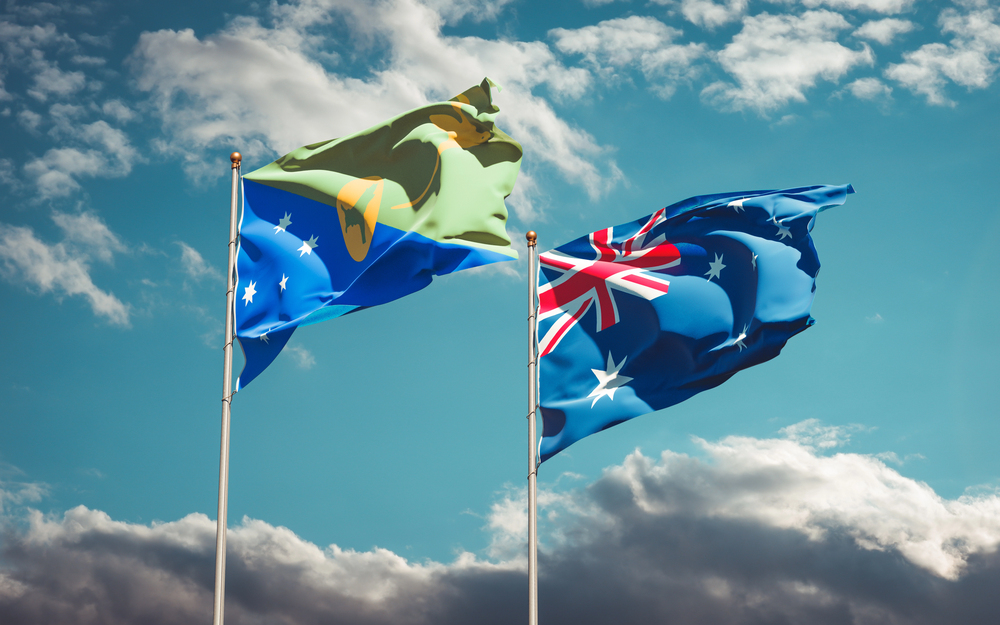
This remote Indian Ocean territory combines modern infrastructure with a unique
wildlife habitat. The island features advanced research facilities studying its famous
red crab migration, alongside modern telecommunications systems.
Sophisticated waste management protects the delicate ecosystem while serving the local population. Modern medical facilities and emergency services ensure visitor safety
despite the isolated location.
Pangkor Laut, Malaysia
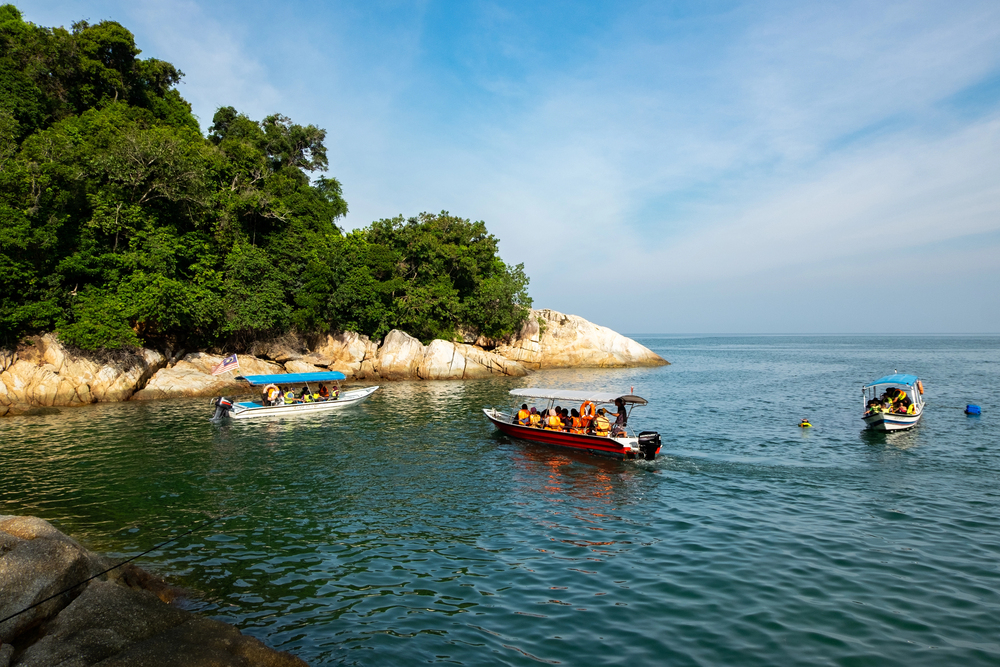
This private island resort seamlessly blends modern luxury with natural
surroundings. Advanced water treatment and waste management systems protect
the pristine environment while providing world-class amenities.
The island features high-speed internet and modern medical facilities hidden within its jungle setting. Sophisticated spa treatments combine traditional techniques with modern technology.
South Georgia Island, British Territory
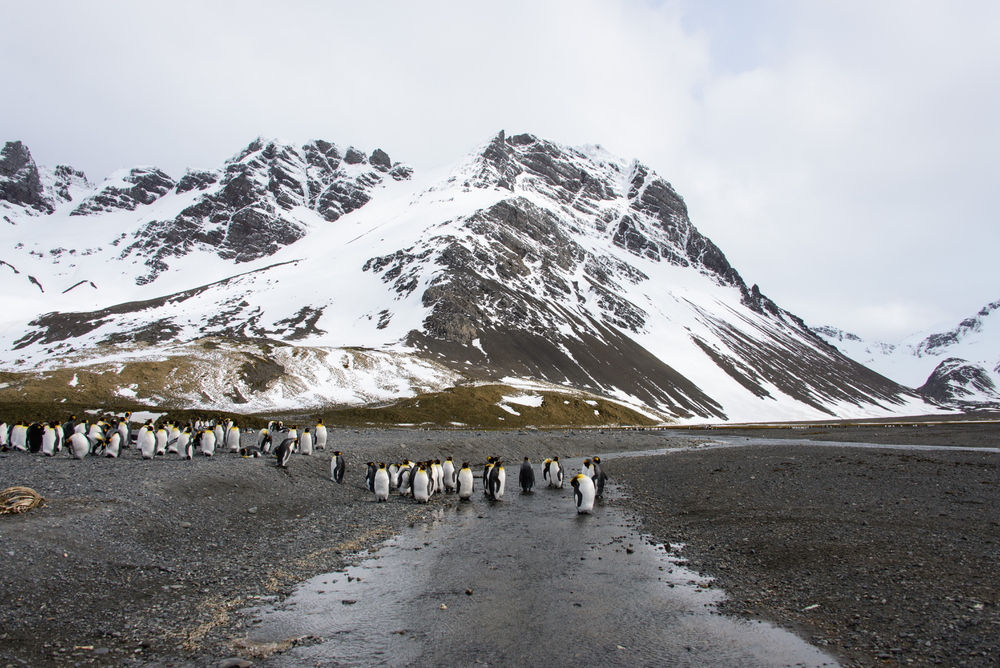
This sub-Antarctic island maintains modern research stations with advanced
scientific equipment and satellite communications. The island’s museum features
interactive displays powered by renewable energy, documenting its whaling history
and current conservation efforts.
Modern harbor facilities support both research vessels and carefully managed tourism. Advanced weather monitoring systems help ensure visitor safety in a challenging environment.
Like Travel Pug’s content? Follow us on MSN.
Heimaey, Iceland
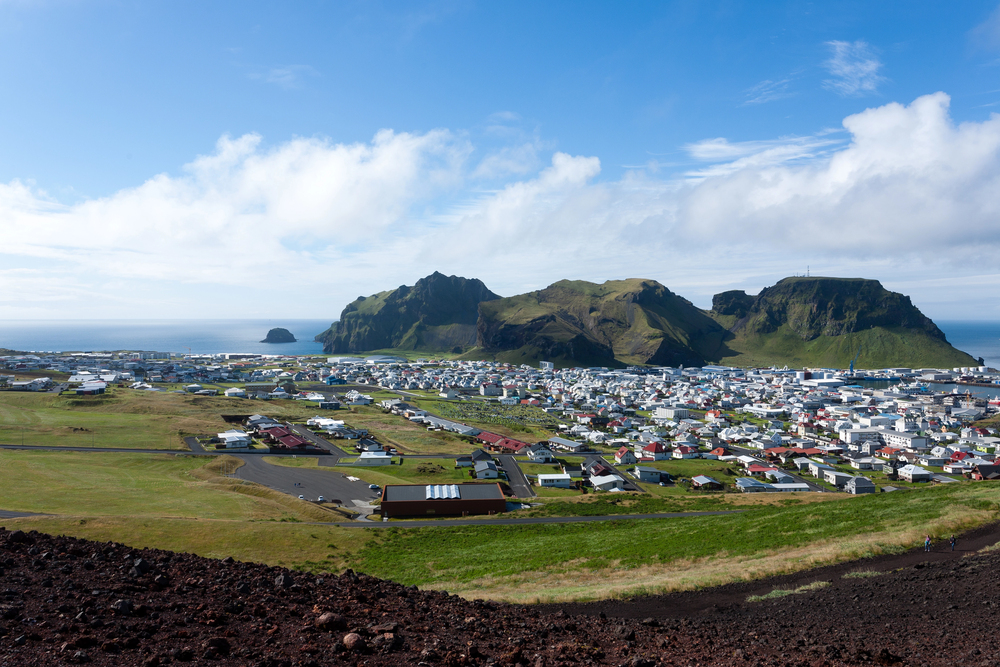
The largest Westman Island features modern amenities, including high-speed
internet and sophisticated geothermal energy systems. The island’s volcano
museum uses advanced technology to simulate the 1973 eruption that nearly
destroyed the town.
Modern fishing facilities support the island’s economy while maintaining sustainable practices. Despite its isolation, you’ll find contemporary restaurants serving innovative Nordic cuisine.
Attu Island, Alaska
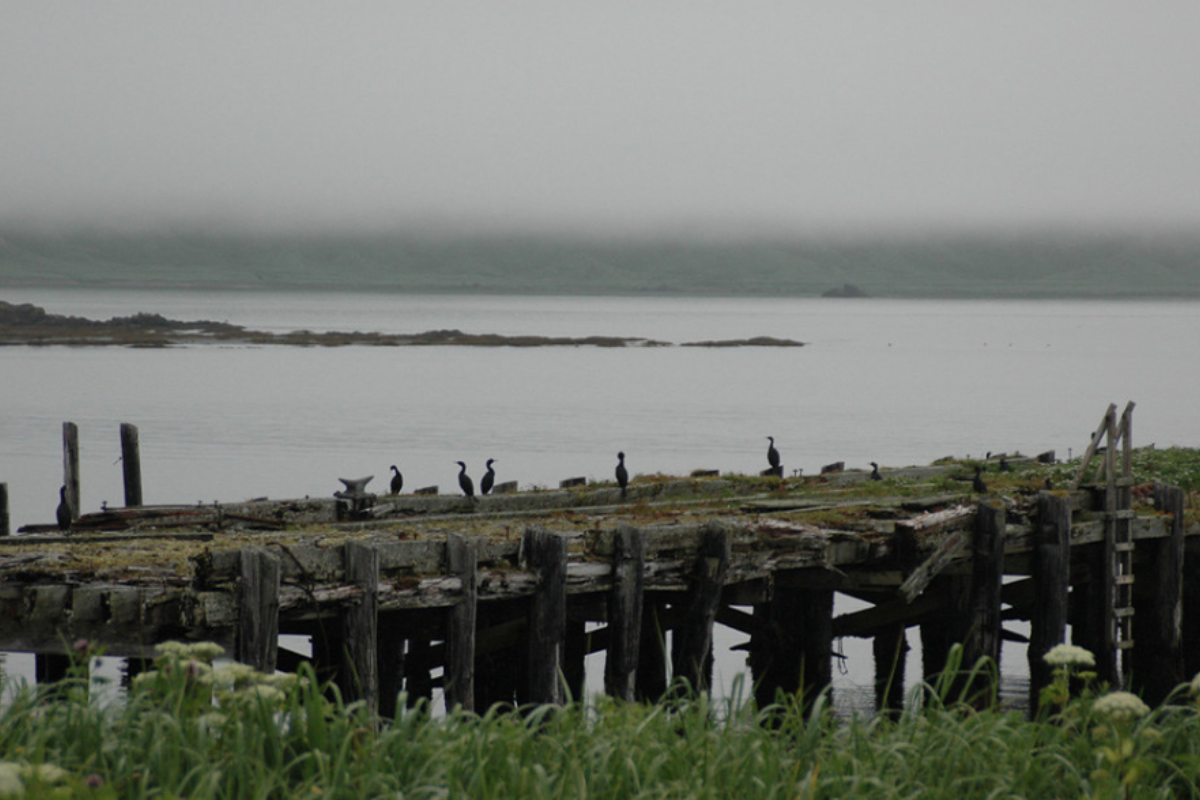
The westernmost point of the United States maintains modern weather and research
stations with advanced equipment. Solar and wind power systems provide energy for
the island’s facilities, while satellite communications keep it connected.
Modern emergency shelters protect researchers and occasional visitors in the harsh Aleutian environment. Sophisticated wildlife monitoring systems track the island’s unique bird populations.
Raoul Island, New Zealand
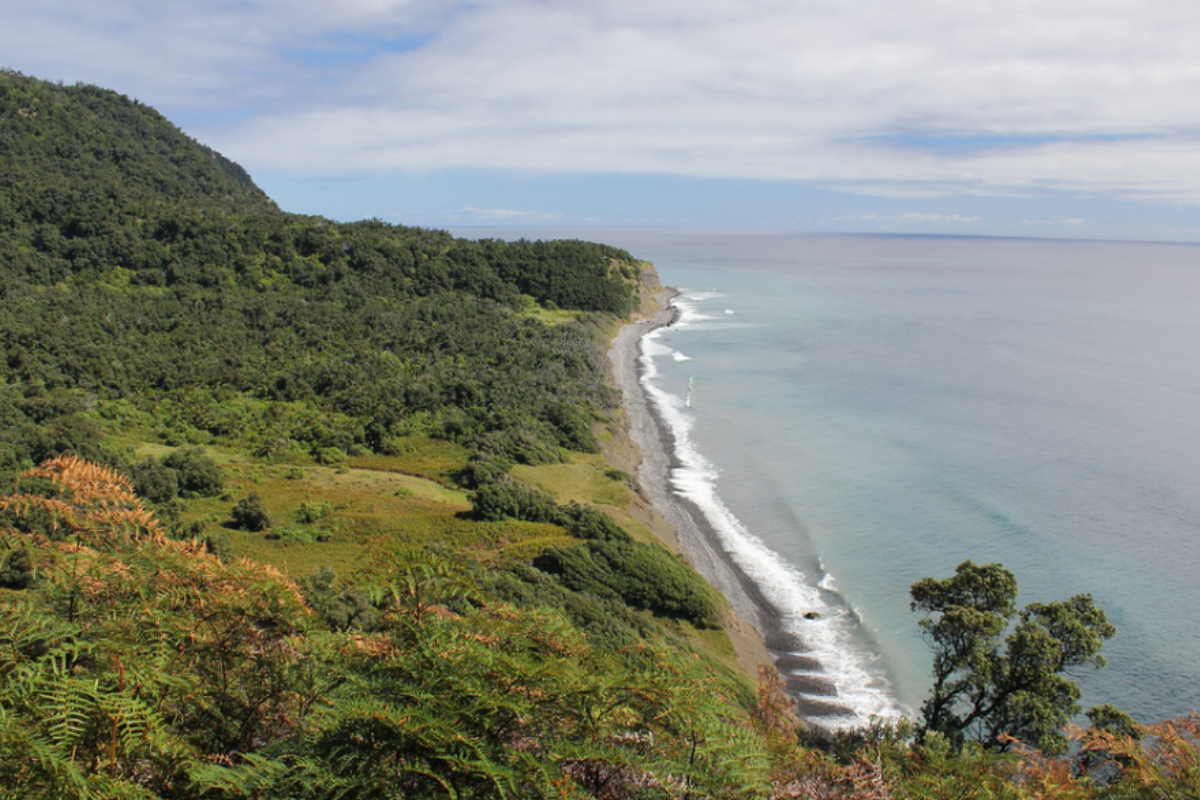
This volcanic island hosts modern research facilities monitoring seismic activity and
weather patterns. Advanced communication systems keep the small staff connected
to mainland New Zealand, while renewable energy powers the station.
Modern desalination provides fresh water, and sophisticated monitoring equipment tracks the island’s unique ecosystem. Emergency evacuation procedures utilize modern
technology to ensure staff safety.
Like Travel Pug’s content? Follow us on MSN.
Jan Mayen, Norway
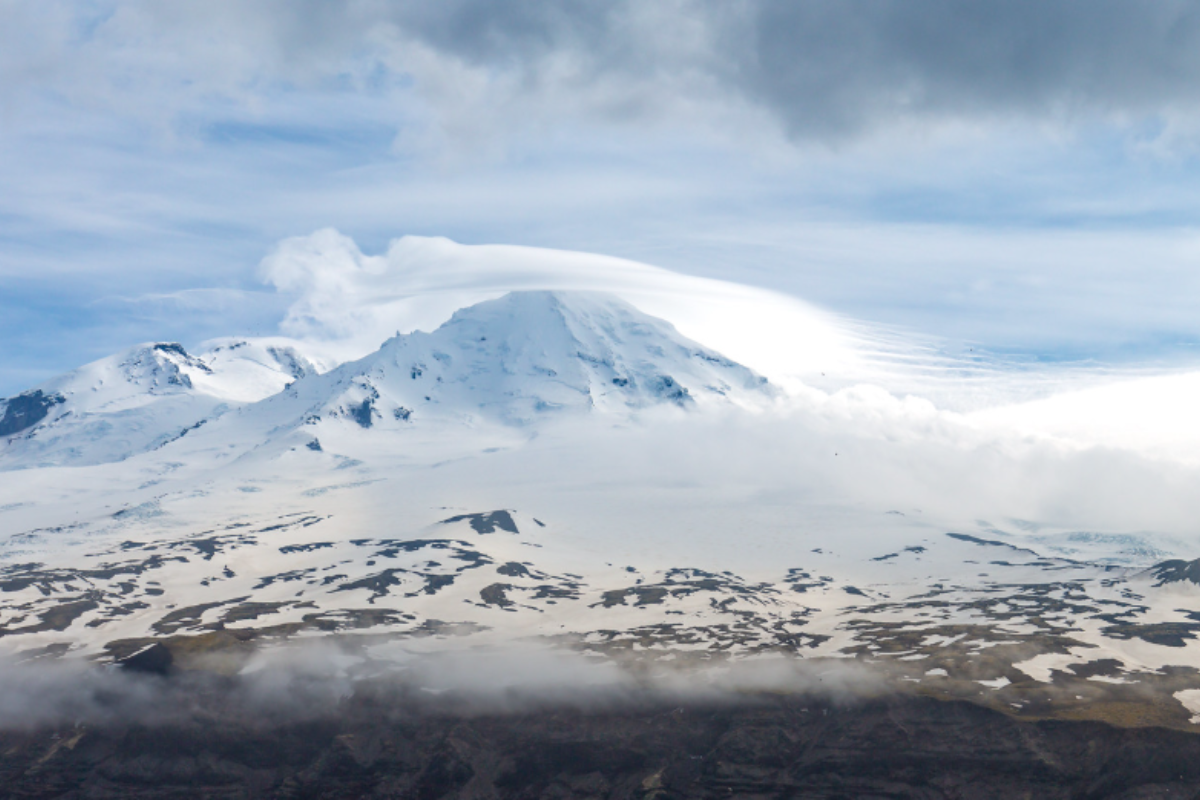
This Arctic volcano hosts a modern weather station with sophisticated monitoring
equipment and high-speed internet. The island’s research facilities feature advanced
scientific instruments studying climate change and marine life.
Modern emergency facilities protect the small staff population throughout the harsh winter months. Satellite communication systems maintain constant contact with mainland Norway.
Willis Island, Australia
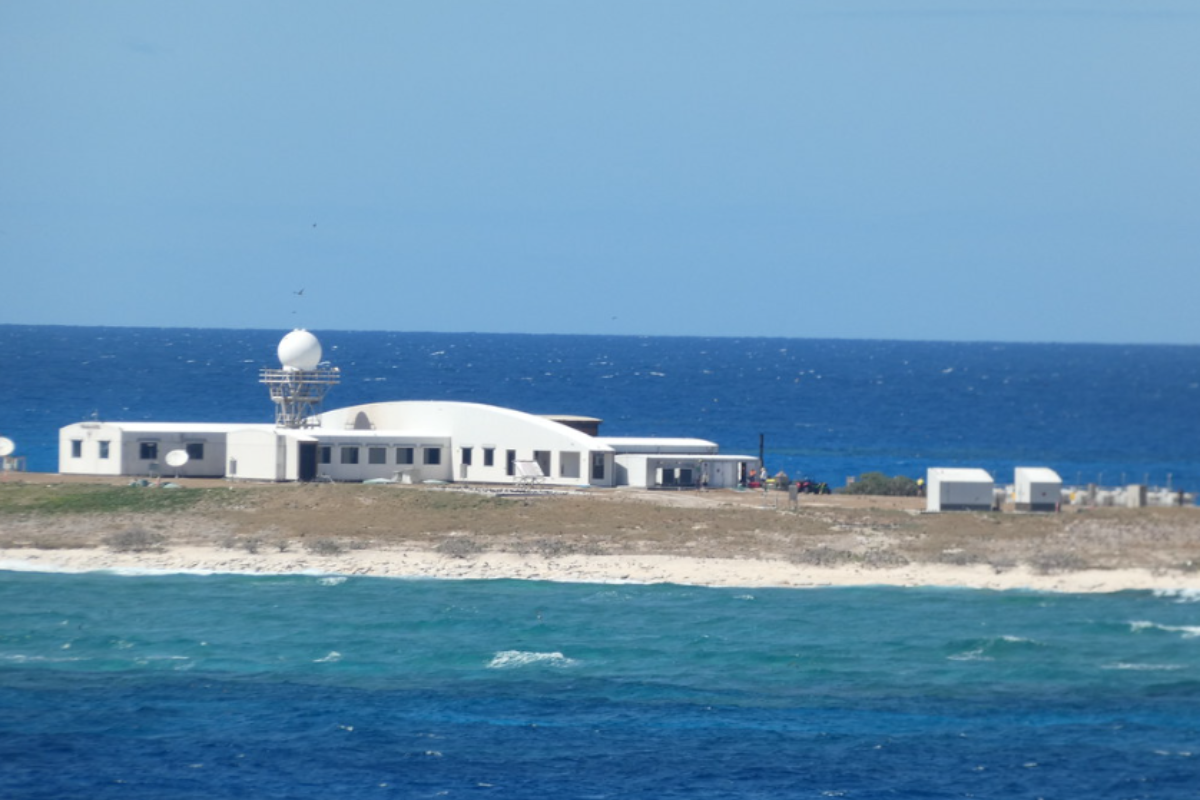
This tiny coral cay maintains a sophisticated weather station with advanced
meteorological equipment. Modern solar power systems and satellite
communications keep the small staff connected to the mainland.
The island’s research facilities feature cutting-edge technology for monitoring tropical cyclones. Automated weather balloons launch daily, supported by modern tracking systems.
Saba, Caribbean Netherlands
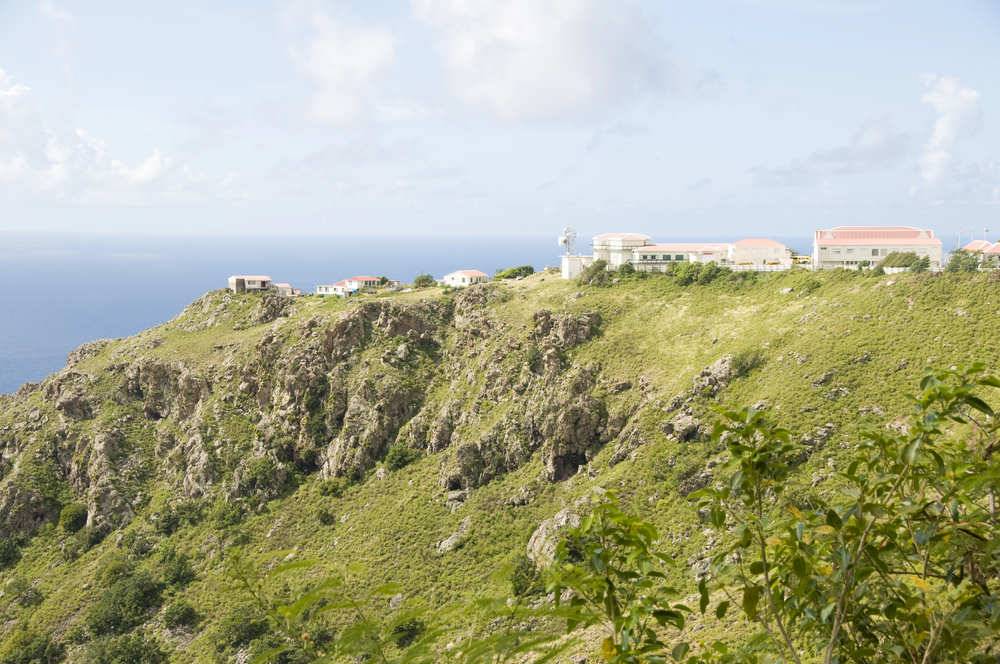
Known as the ‘Unspoiled Queen of the Caribbean,’ this tiny volcanic island combines
dramatic isolation with remarkable infrastructure. Despite its challenging topography,
Saba features the Caribbean’s shortest commercial airport runway, equipped with
modern navigation systems and safety features.
The island maintains high-speed fiber optic internet throughout its four villages, while its medical school boasts state- of-the-art teaching facilities and telemedicine capabilities. Solar power initiatives and advanced water management systems support the island’s commitment to sustainable development while providing modern comforts in this remote paradise.
Like Travel Pug’s content? Follow us on MSN.
Islands Reborn
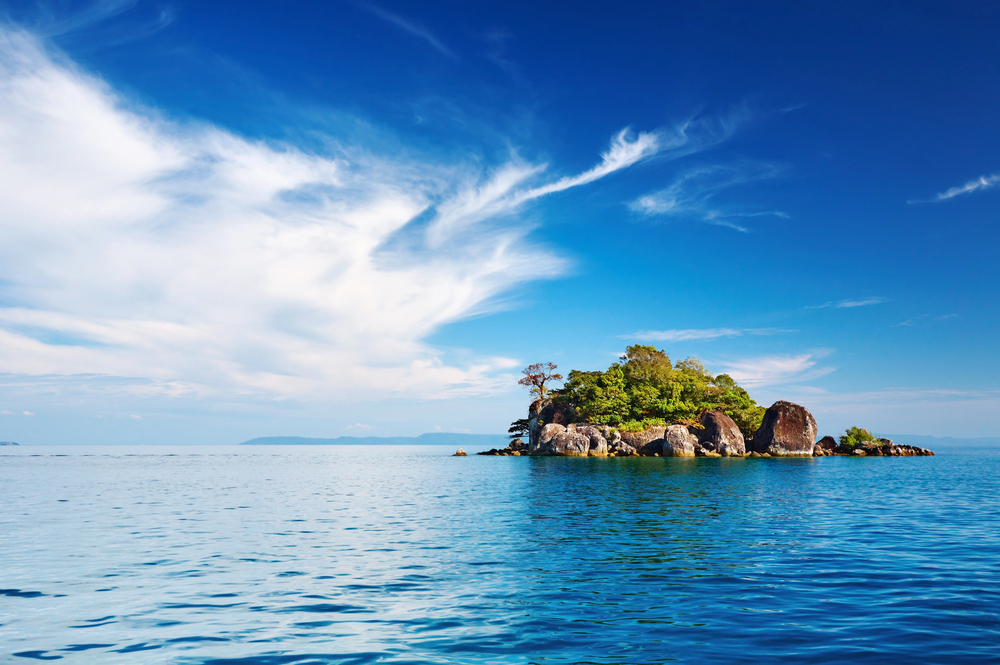
These remote islands demonstrate how modern technology and amenities can
enhance rather than detract from their unique character and natural beauty. Each
destination offers its own blend of isolation and innovation, proving that remoteness
doesn’t mean sacrificing comfort or connectivity.
Whether you’re seeking a luxurious escape or a research adventure, these islands
show how careful development can create surprisingly comfortable outposts in some
of the world’s most isolated locations.
More from Travel Pug

- 15 Dangerous European Cities to Avoid
- 15 Caribbean Islands Where Tourists Keep Getting Scammed
- The 20 Most Fascinating Abandoned Places: A Journey Through Time and Forgotten Spaces
- 15 Hidden Places in the Smithsonian Museums Locals Love: A Guide to Lesser-Known Treasures
- 16 Hidden Florida Beach Towns That Aren’t Overrun with Tourists
Like Travel Pug’s content? Follow us on MSN.
